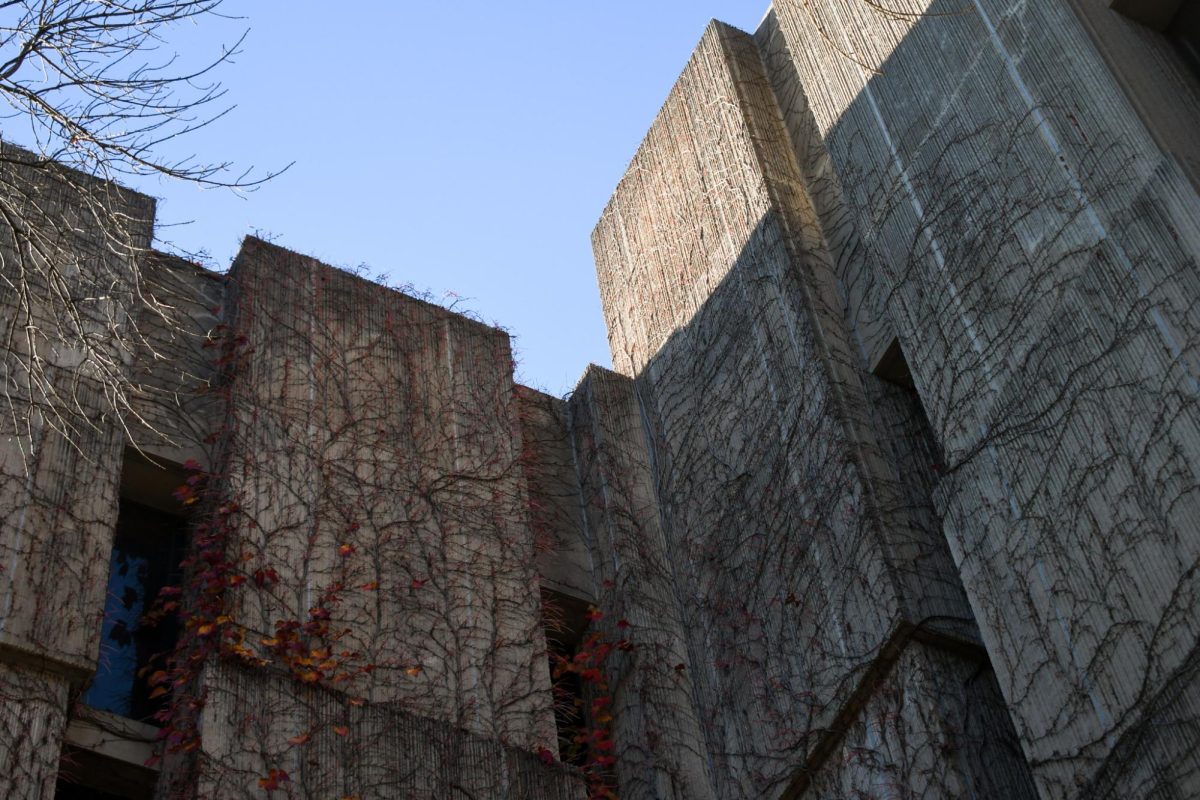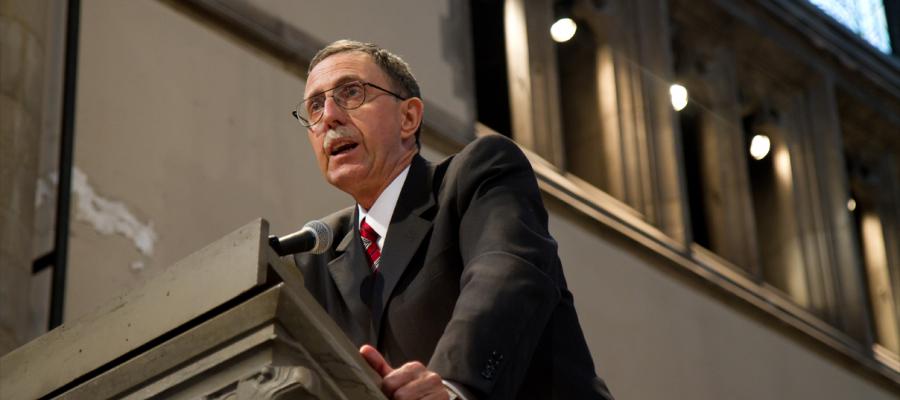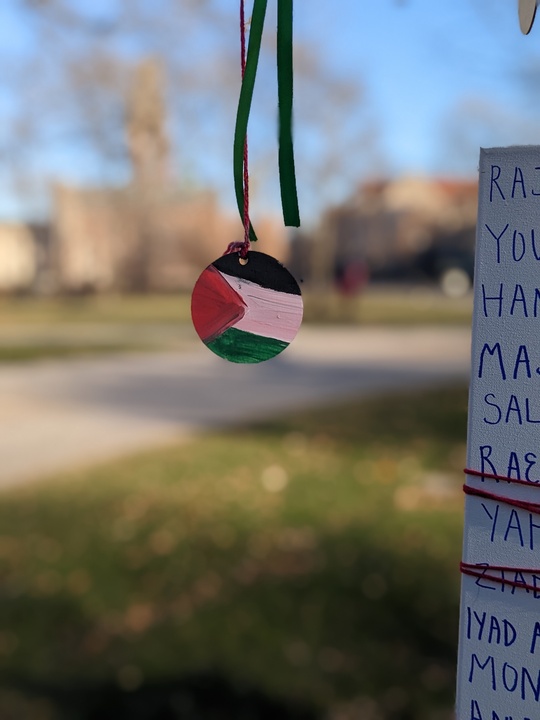In an article published last week, “Chronic illness has taken the backseat in trauma center debate” (4/21/15), The Maroon broached the question: Is Chicago’s epidemic of violence more or less worthy of attention than its epidemic of chronic illness?
To which I could not help but wonder: Who are you or I to decide which of these two issues is more important to permanent residents of the South Side?
If the issue of these disparities were only a problem of their respective feasibility, then we could rely on data to inform our opinions about which issue is more practical to address.
But these health disparities are, above all, a problem of priorities. This past January, our state’s Department of Public Health found that unlike all the other medical centers on the South Side, ours can indeed secure the resources needed to sustain a top-level adult trauma center.
Thus, we need knowledge not only to quantify the problems, but also to change the priorities of medical center executives. The question is not just, “What needs to change most?” but also, “Who can actually make change happen?
Four years ago, the trauma care debate was a dead issue. Yet, as evidenced by last week’s article, this issue has been brought back to life in more recent years. This has not happened because of people with so much as a four-year degree. No, it has happened because a handful of our most marginalized neighbors—many of them young, black, and queer—know something better than almost anyone on our campus.
To be sure, they and their communities know chronic illness more than most of us ever will. But even more compellingly, they know chronic violence: As The Maroon itself cited, black youths’ risk of homicide is four times that of white youth, and 26 times that of general Chicagoans. And they know this not just through data, but experience.
Recall: Organizer, musician, and son, Damien Turner, was shot four blocks from our medical center. With no adult trauma center there, or anywhere on the South Side, he was taken 10 miles away, to the nearest of the North Side’s seven trauma centers.
There, just after midnight—four years ago and counting—Damien died, and his peers began their long march toward trauma care.
It’s clear that these youth leaders are able to have a kind of knowledge that bystanders do not, a kind of knowledge that stems from experience and loss—the type of knowledge that has motivated years of organized struggle, and makes change happen.
So before we decide what other issue this or that group should really, ideally evaluate, perhaps it’s time we ourselves raised our voices along with those youth. Perhaps it’s time we made our medical center make trauma care a priority. If we can do that, we’ll know how to make more change happen. We can take up chronic illness next.
—Dominic Surya, class of 2017







